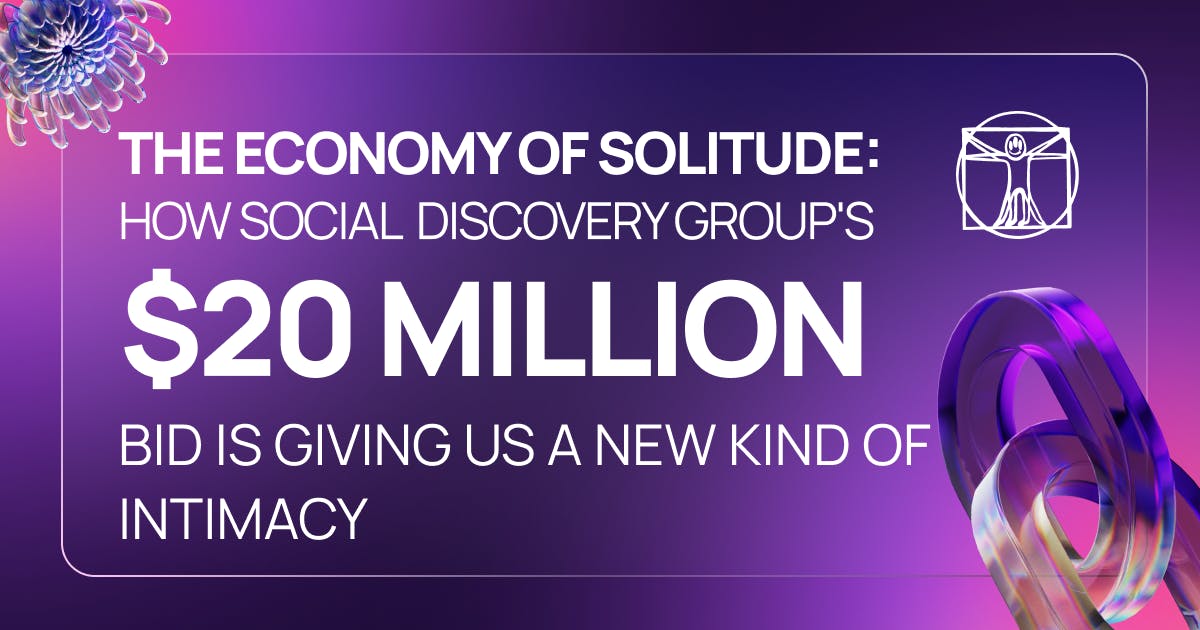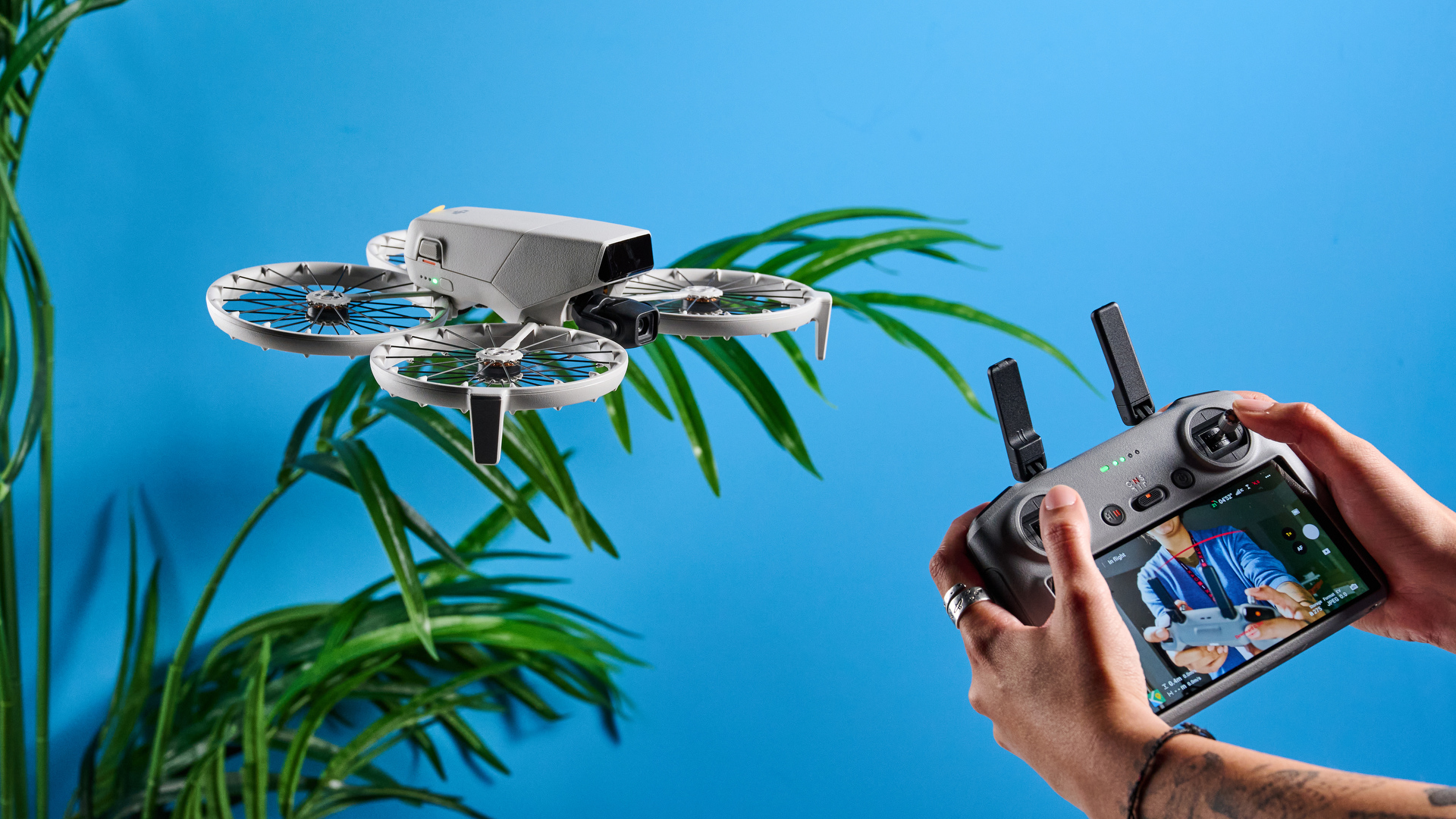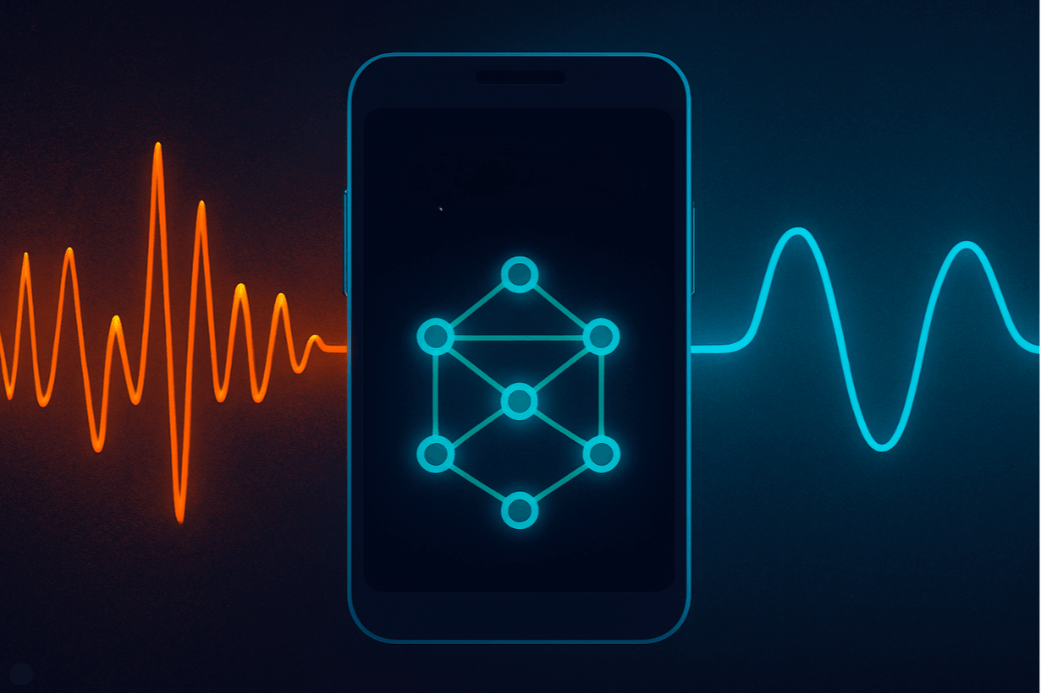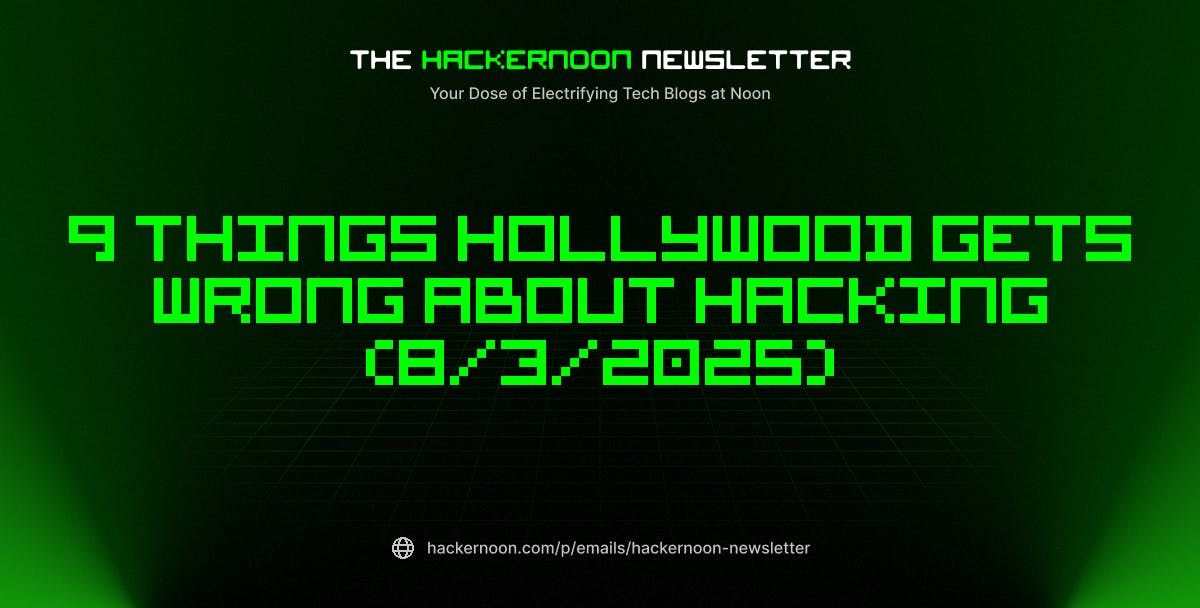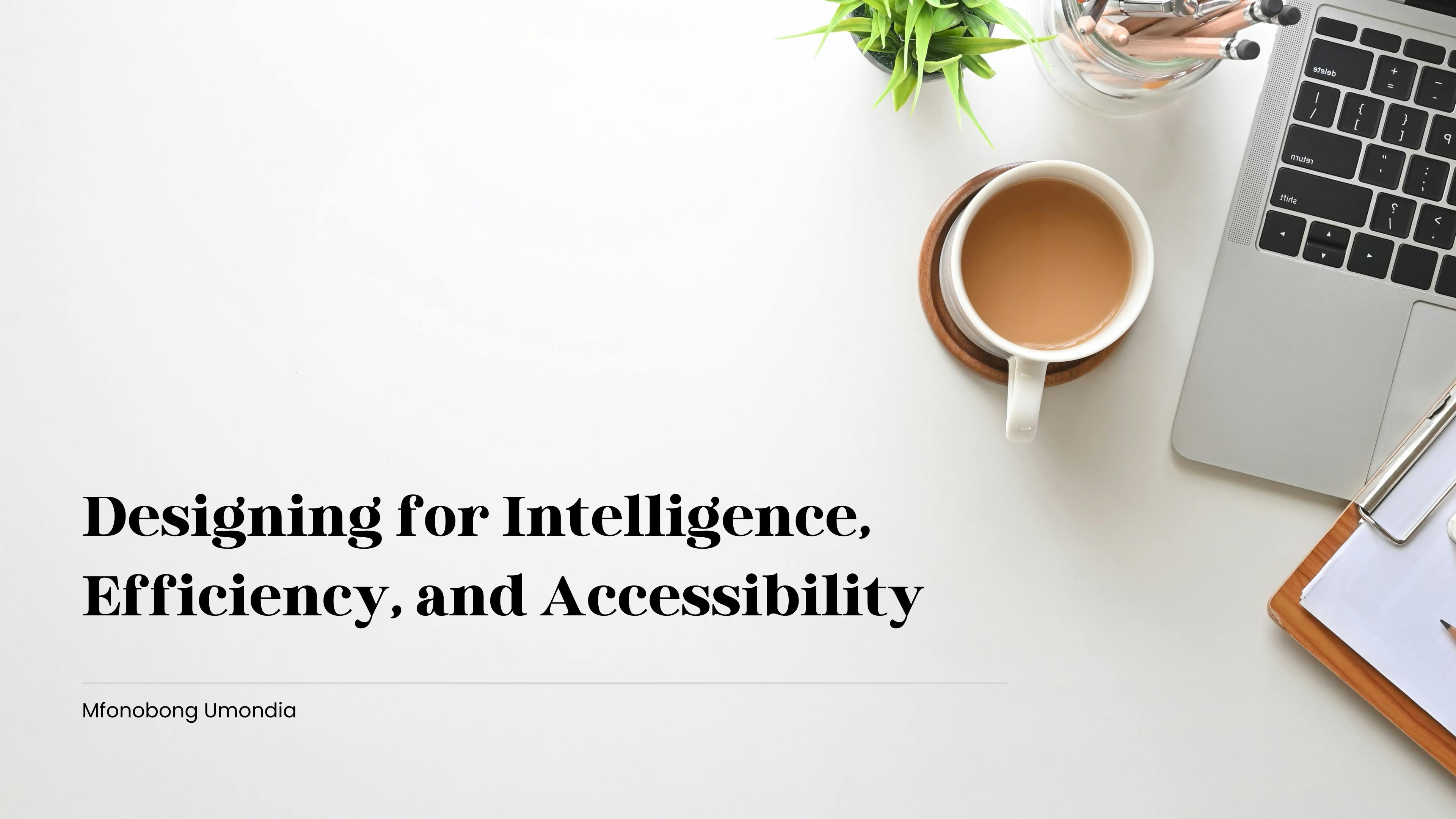In an age of hyperconnectivity, Europe faces an unexpected crisis: loneliness. The EU Loneliness Survey 2022 reveals that 13% of Europeans feel lonely most or all the time, while 35% experience it regularly. Despite the digital revolution, authentic human connection seems to be unraveling—replaced by surface-level engagements that lack emotional resonance.
This paradox lies at the heart of Social Discovery Group (SDG)’s $20 million venture studio,
Understanding Loneliness: More Than Just Being Alone
Loneliness is not simply a matter of physical solitude. It’s a mental and emotional state where individuals feel unseen, disconnected, and emotionally deprived — even in crowds. It’s a perceived disconnection, not merely the absence of company.
Health Consequences of Loneliness
A 2015 meta-analysis by Holt-Lunstad found that:
- Social isolation increases mortality risk by 29%
- Loneliness increases it by 26%
These numbers are comparable to the health risks of smoking 15 cigarettes a day, as outlined in the
Moreover, loneliness is linked to:
- Sleep disturbances
- High cortisol levels
- Hypertension
- Heart disease
It’s no longer just a social issue; it’s a public health crisis.
Tech Meets Emotional Need: SDG Lab’s $20 Million Response
Enter
- AI-powered communication
- Virtual and extended reality
- Social discovery platforms
These startups are designed to build what SDG calls “virtual intimacy”: emotional connections that transcend physical interaction through digital mediums.
Alex Kudos , CEO of SDG Lab Venture Studio, puts it simply:“Technology doesn’t just help us build relationships — it becomes part of them.”
This shift challenges traditional notions of closeness. Can digital interactions really replace the emotional depth of face-to-face contact?
The Geography of Loneliness
Not all regions are affected equally. According to EU data:
- Eastern and Southern Europe (e.g., Bulgaria, Romania, Greece) suffer higher loneliness rates
- Northern and Western countries (e.g., Austria, the Netherlands) show lower levels
For example, Cyprus mirrors this southern trend. Kudos notes that older populations in Cyprus are particularly affected. SDG’s solution? Use technology to build connections tailored to older users. Products like
A New Era of Digital Connection
Studies show that 57% of Gen Z believe online relationships are as meaningful as in-person ones. During the COVID-19 pandemic, virtual worlds offered emotional refuge:
- AltspaceVR users reported lower loneliness
- Events and interactions in VR felt more immersive than real life for some
However, this comes with a caveat: telepresence fatigue. Some users found screens emotionally exhausting, emphasizing the fragility of digital intimacy.
Economic and Societal Costs
Loneliness doesn’t just hurt individuals — it strains entire economies. Increased loneliness leads to:
- Rising healthcare costs
- Workforce productivity loss
- Greater pressure on social services
In regions like Cyprus, where aging populations and shrinking community structures prevail, digital intimacy becomes not just an innovation — but a necessity.
Beyond Online Dating Apps: The SDG and SDG Labs Portfolios
Social Discovery Group operates over 60 global brands, including:
- Dating.com
- DateMyAge
- DilMil (for South Asians)
- Kiseki (for Japanese audiences)
This diversification reflects the global loneliness crisis -as people migrate and lose touch with their cultural roots. SDG’s platforms aim to rebuild those connections in new contexts.
With SDG Lab Investments , the approach shifts from quantity to quality:
- Focuses on 5–10 projects/year
- Offers operational and strategic support
- Invests in startups building AI relationships, virtual influencers, and platforms for older demographics.
For entrepreneurs navigating the complex funding landscape,
Key Concerns: Can Tech Really Cure Loneliness?
Before we accept virtual intimacy as the cure for our loneliness, or shall I say, disconnection crisis, we need to confront some uncomfortable truths. The research paints a complicated picture, one that challenges a somewhat simplistic, surface narrative around technology engineering its way out of a crisis.
The Accessibility Trap
The most vulnerable –older, poorer, and less educated users -are also least likely to access digital tools.
Quality Over Quantity
Tech helps maintain existing relationships better than it builds new ones. A
The Presence Paradox
Even the best-designed platforms may fail to offer a true sense of emotional co-presence. According to the European Commission’s 2024 brief,
“Technology is seen as both enhancing and suppressing connections.”
This reflects the paradox of virtual presence: the appearance of intimacy without the psychological reality.
More about the Critical Questions ↘
SDG Lab’s Response: Technology as an Extension, Not a Replacement
SDG Lab confronts virtual intimacy criticisms directly, viewing ethical concerns as opportunities rather than roadblocks.
Alex Kudos, CEO of SDG Lab Venture Studio, believes that exclusion is more about poor design than user capability. For example, 90% of DateMyAge users regularly engage in video dating, disproving the stereotype that older people aren’t tech-savvy.
“Our goal is not to generate maximum engagement, but to promote genuine connection.” — he explains.
That includes resisting the urge to gamify relationships or promote constant stimulation.
Perhaps most telling is Kudos’s reframing of the “bandage versus cure” debate. The real issue, he argues, may be that traditional relationships are already failing to meet modern emotional needs.
“Despite the idea that romantic partnerships are the foundation of emotional well-being, many of us are struggling even within those close connections,” Alex says.
Virtual intimacy , in his view, isn’t a replacement but an expansion: one that amplifies access to connection across geography, identity, and life stage.
These questions aren’t meant to dismiss Lab’s vision. The company may very well be the revolution that our society needs, even if we don’t fully understand it yet. **For Kudos and his team, AI companionship isn’t ‘less than’ human. This type of connection allows people to be more vulnerable, authentic, and introspective in a safe space.**And in our current climate, don’t we all deserve the safety to be ourselves, fully?
✓ Conclusion: Rethinking What It Means to Be Together
So, can virtual intimacy solve the loneliness epidemic?
Maybe. Research shows promise -but also flags risks. The real challenge is ensuring these tools don’t redefine connection in a way that erodes emotional depth.
As Kudos sees it, virtual intimacy isn’t about escaping reality. It’s about creating new spaces for vulnerability, connection, and self-expression. In a world where loneliness is both a personal pain and a public crisis, perhaps the most radical act is simply helping people feel seen — wherever they are.
SDG Lab is Actively Seeking New Ventures!
SDG LAB Venture Studio is actively seeking for founders and companies working on the future of human connection.
If you’re working on AI, video tech, or social innovation —

